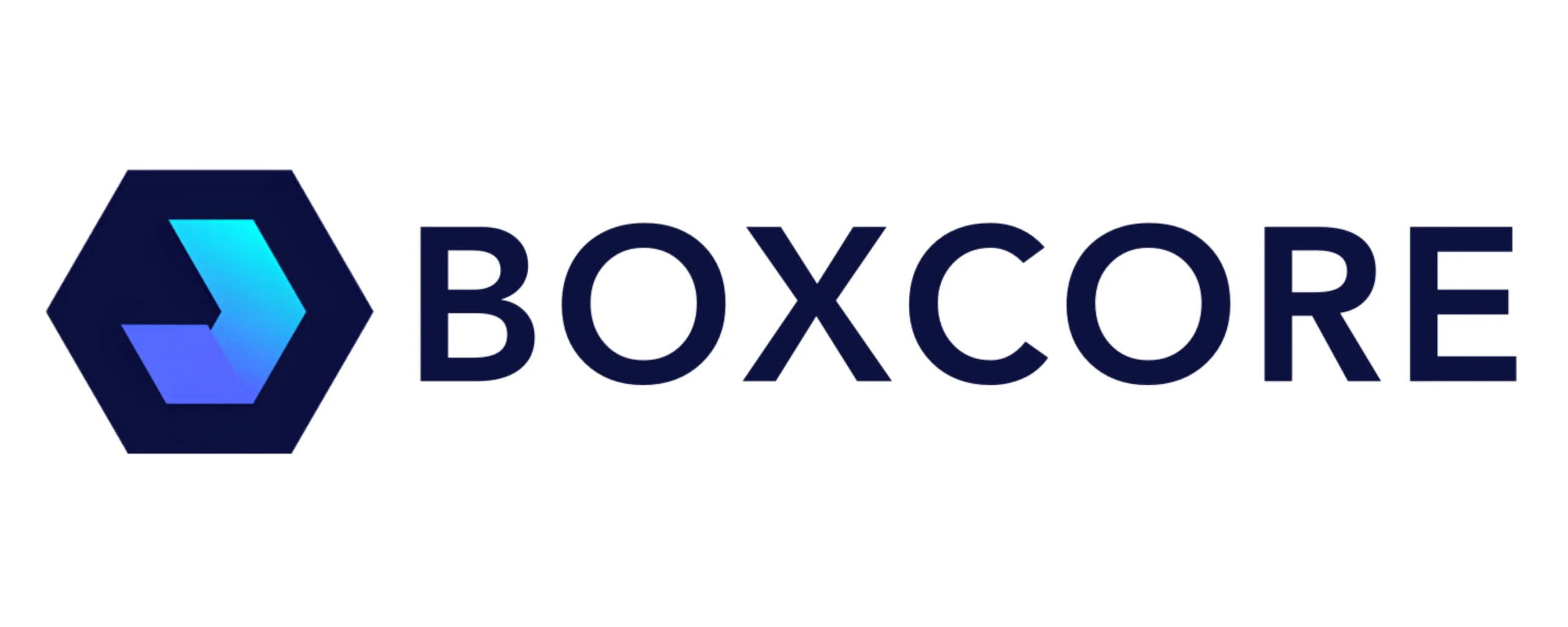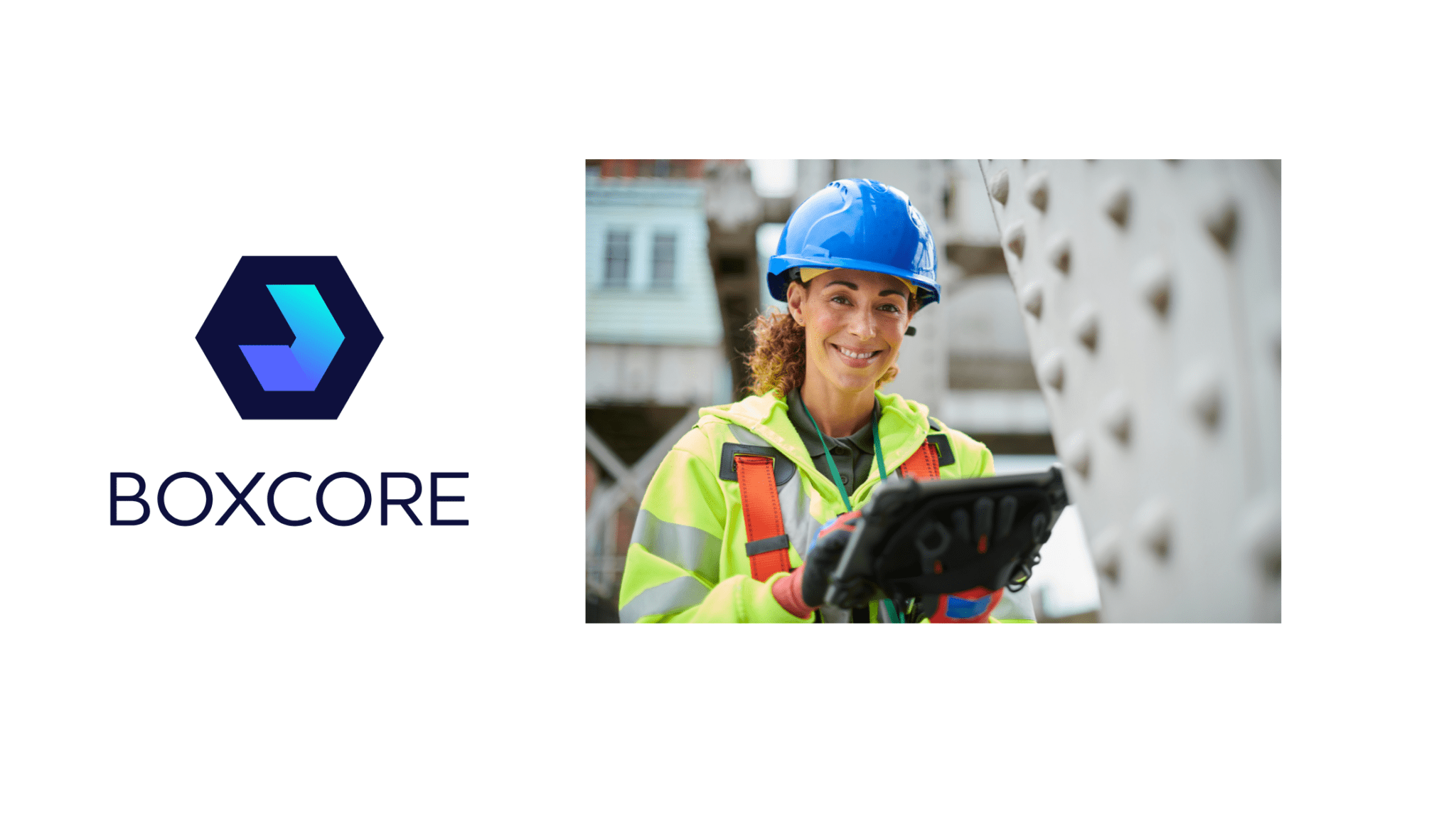There are many types of Construction safety software which come in different forms, from general business tools adapted for site use to specialist platforms built exclusively for managing compliance and workforce records. The right choice can mean faster onboarding, better data control, and easier site audits. The wrong choice can add yet another layer of admin that site teams will resist.
This guide explores five main types of construction safety software solutions, alongside five key factors every contractor should consider before committing to a system.
Why Construction Is Different – And Why Adoption Matters
Unlike many industries, construction sites bring together multiple employers, subcontractors, and trades who may only be on site for a matter of days or weeks. Teams are constantly changing, work is time-critical, and safety compliance is non-negotiable.
In this environment:
- Frontline adoption is critical. If supervisors, foremen, and operatives don’t use the system, the data will be incomplete and unreliable.
- Speed is essential. There’s no appetite for long training sessions or complex onboarding.
- Integration with access control matters. Linking training records to site entry – for example, via facial recognition – can automate compliance checks without slowing entry gates.
- Project-specific and task-specific training records must be easy to maintain for audits and client requirements.
As Padraig Reilly, Founder & CEO of Boxcore, puts it:
“If a system isn’t simple enough to pick up in minutes, it won’t get used on site. Our focus has always been on building tools that work for the boots on the ground.”
5 Types of Construction Safety Software
1. Generic Business Platforms (SharePoint, OneDrive, Google Docs)
Many contractors start with general file-sharing tools. They can store risk assessments, method statements, and training records in shared folders.
Strengths:
- Familiar to office staff
- Low cost or already included in company software packages
- Basic version control
Weaknesses:
- Not built for construction safety processes
- No automated training register updates
- Difficult for site teams to access on mobile in low-signal areas
- No integration with time tracking or access control
Generic platforms can work for small teams with stable crews, but they struggle with the pace and complexity of large projects.
2. Point Solutions (e.g., iAuditor)
Point solutions specialise in one function – often inspections, checklists, or forms. They can be excellent for digitising a single process.
Strengths:
- Easy to roll out for a specific task
- Quick wins for replacing paper forms
- Often have strong mobile apps
Weaknesses:
- Create silos of data unless integrated with other systems
- No single source of truth for safety compliance
- Multiple apps mean multiple logins and training
Point solutions can be a good stop-gap but rarely solve the bigger challenge of unifying safety data across a project.
3. Construction-Focused Platforms (Procore, Autodesk)
These platforms offer broad project management capabilities – drawings, RFIs, change orders – alongside compliance tools.
Strengths:
- Centralises multiple project functions
- Widely adopted in Tier One contracting
- Potential for deep integrations
Weaknesses:
- Can be complex to set up and navigate
- Safety modules may not be as intuitive as dedicated solutions
- Often require formal training for effective use
For contractors already committed to a platform like Procore, the challenge is ensuring the safety features are adopted by site crews, not just office based staff. The right types of construction safety software must ensure adoption where it matters – at the frontline.
4. Construction Safety-Focused Apps (Boxcore)
Built specifically for managing safety and workforce compliance, platforms like Boxcore are designed for rapid adoption.
Strengths:
- All safety data in one place – training, RAMS, inspections, asset registers
- Mobile-first, built for low-signal site environments
- Integrated facial recognition access control
- Fast onboarding – live data in 24–48 hours
- SOC2 Type 2 certified for data security
Weaknesses:
- Narrower focus than full project management suites (but integrates with them)
This category is growing rapidly because it solves the day-to-day admin pain points that matter most to site teams and subcontractors.
5. Custom-Built In-House Systems
Some contractors develop their own tools, often starting as Excel macros or internal databases.
Strengths:
- Tailored to internal processes
- No external licence fees
Weaknesses:
- High maintenance costs for updates and security
- Dependent on in-house IT resources
- Risk of knowledge loss if key staff leave
- Harder to integrate with other systems
In-house builds can give a sense of control but often lack the refinement and user-experience focus of dedicated platforms. However these solution typically don’t deliver as building a scalable software solution requires full time dedication and focus when contractors are dealing with the ongoing pressures of delivering projects.
5 Key Things to Consider When Comparing Types of Construction Safety Software
1. Ease of Use and Speed of Adoption
If it’s not simple, site teams won’t use it.
Look for:
- Intuitive mobile interface
- Minimal clicks to access records
- Training that takes minutes, not hours
Boxcore’s approach is to have subcontractors and site teams live in under 48 hours, often with just a few minutes of training.
2. All Safety Data in One Place
A single source of truth means no chasing multiple spreadsheets, email threads, or file versions. The platform should handle:
- Training records and expiry alerts
- RAMS and permits
- Inspection registers (GA2, GA3, LOLER, PUWER)
- Asset assignments
Centralising data reduces admin and makes audits straightforward.
3. Tie Into Site Access and Facial Recognition
Integrating safety data with access control ensures only trained, compliant workers can enter site. Facial recognition technology adds further security and removes the need for swipe cards that can be lost or shared.
Benefits include:
- Real-time headcounts
- Automatic attendance logs
- Faster entry without manual checks
4. Integrate With Existing Solutions (Procore, Autodesk)
For contractors already using platforms like Procore or Autodesk, the different types of construction safety software should integrate smoothly. This avoids double data entry and keeps project information connected.
Example: Boxcore’s Procore integration lets teams access and update safety data directly within their project management environment.
5. Designed for the Realities of Construction
Construction software must handle:
- Constantly changing crews
- Multiple subcontractors with varying compliance requirements
- Low-signal environments
- Both project-wide and task-specific training needs
Systems built for office-based industries often fail here. Choosing a platform created by people with site experience – as with Boxcore’s construction-led development – is critical to ensuring adoption with site users.
Bringing It Together – The Case for a Safety-Focused Core Platform
Many contractors start with generic tools or point solutions. Over time, they try different types of construction safety software and these often create fragmented data, duplicated effort, and compliance risks. A central, construction-specific safety platform that integrates with wider project tools offers:
- Faster onboarding – live within days, not months
- Better compliance – automated expiry tracking and alerts
- Real-time visibility – across all projects and sites
- Scalability – works for both SMEs and Tier One contractors
- Frontline adoption – because the interface is built for site conditions
For contractors looking to simplify safety management, reduce admin, and gain accurate site data, the move to a dedicated platform is a logical step. The challenge is choosing between different types of construction safety software is to ensure all required features are in place but equally importantly choosing a solution that can be adopted with site users with minimal effort involved.
To find out how Boxcores easy-to-implement solution can make your teams safer and more productive book a demo today.


